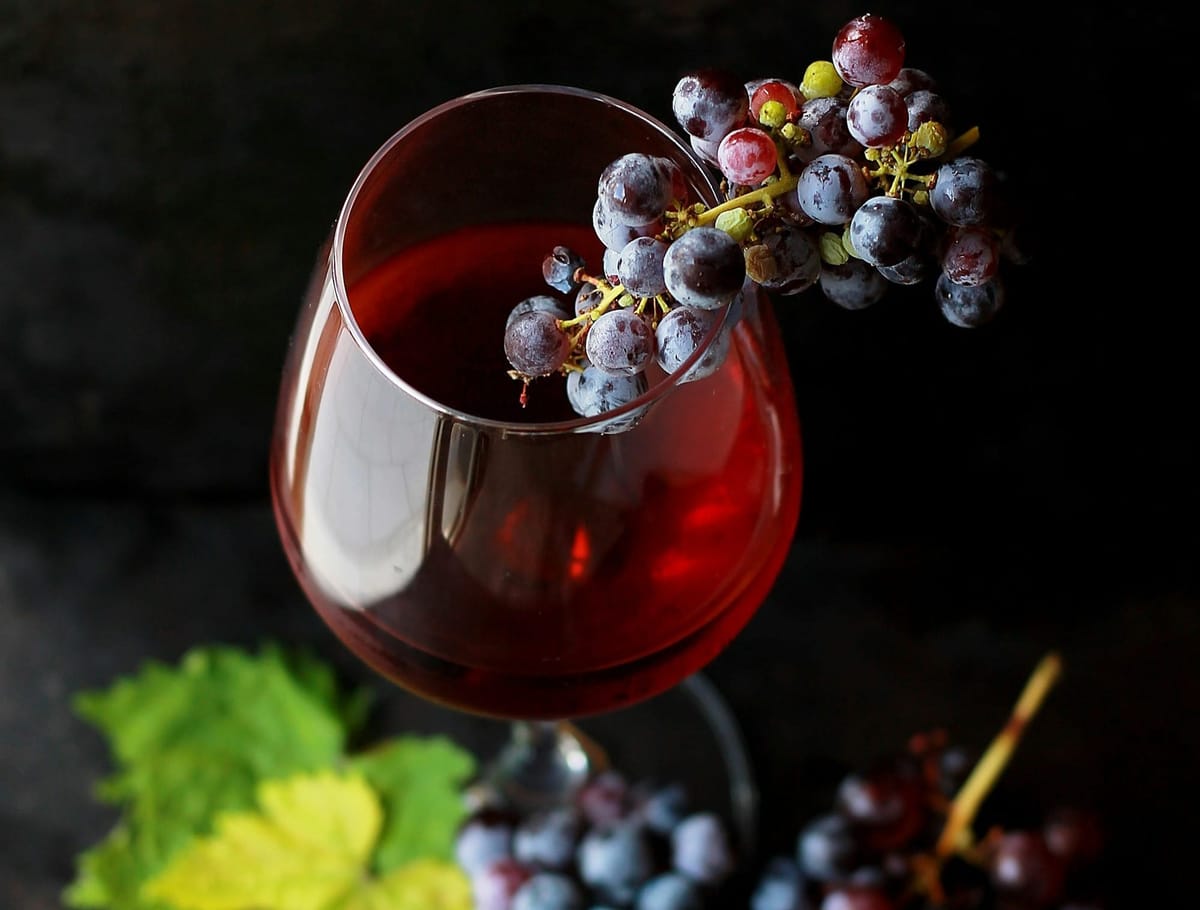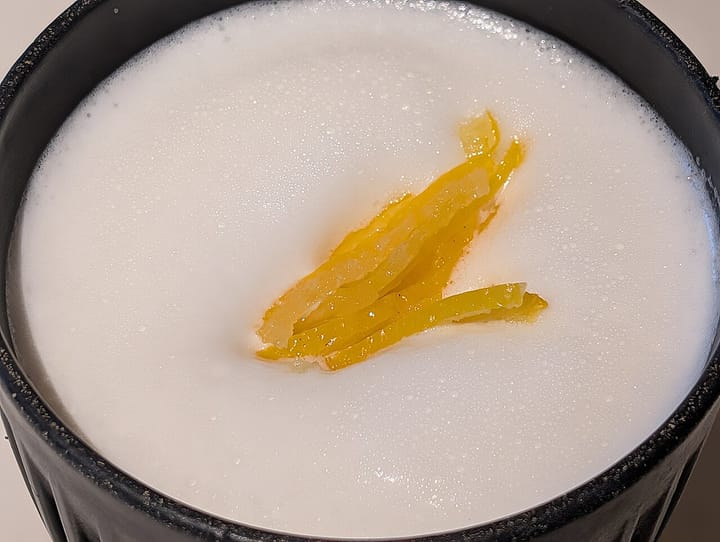What is Ice Wine? In-Depth Guide of Eiswein
Grape harvesting extends beyond autumn in some regions to produce ice wine, a sweet delicacy made from grapes frozen on the vine. This cherished wine is unique to countries with suitable cold winters. Let’s delve into its origins and production methods.

What Is Ice Wine?
Ice wine, also known as Eiswein, is a type of dessert wine made from grapes that have frozen while still on the vine.
The freezing process causes the water within the grapes to evaporate, leaving behind a highly concentrated, flavorful juice. This results in a wine that is both richly fruity and perfectly balanced in sugar and acidity.
Predominantly produced in colder, northern wine regions such as Canada, Niagara, New York, Germany, and Austria, ice wine is treasured for its vibrant fruit flavors reminiscent of liquid gold.
Advances in freezing technology now allow wineries in warmer climates to simulate this process in the cellar, broadening ice wine's availability.
Ice wine's unique taste profile makes it an exquisite choice for pairing with food.
When serving, it is important to consider the ideal conditions and accompaniments to enhance its distinct qualities.
Why Is it So Expensive?
The steep price of ice wine can be attributed to the complex and demanding conditions under which it is produced.
Imagine the challenge of picking grapes covered in snow at freezing temperatures—this not only requires a significant workforce braving the cold but also adds to the logistical difficulties and costs.
Additionally, the production of ice wine is governed by strict regulations that ensure its quality and authenticity, further increasing expenses.
The nature of ice wine's production is inherently risky, heavily dependent on specific weather conditions.
In years where the necessary freezing temperatures do not occur, the grapes might rot, leading to a total loss of the crop. This high risk of failure contributes to its rarity and exclusivity.
Furthermore, ice wine can only be produced in certain regions where the climate reliably supports the freezing of grapes on the vine.
This geographical restriction limits production to a few countries, enhancing its scarcity and making it a luxury item. This combination of factors explains why ice wine is typically found at a higher price point.
What Are The Primary Grape Varieties Used To Produce Ice Wine?
Ice wine is traditionally crafted using Riesling grapes, known for their ability to produce rich and nuanced flavors under cold conditions.
For red ice wines, varieties such as Cabernet Franc and Merlot are preferred for their robust profiles.
In Canada, the Vidal grape, a hybrid variety, is especially favored for producing white ice wines due to its hardiness in cold weather and its ability to retain high acidity.
Other grape varieties such as Chardonnay, Malbec, Chenin Blanc, Pinot Gris, and Sauvignon Blanc are also utilized in ice wine production, each contributing unique characteristics to the final product.
How is Eiswein Made?
Making ice wine is a meticulous and fascinating process that requires precise conditions and careful timing. Here’s a detailed breakdown of how ice wine is produced:
- Protection of the Vines: As the grapes ripen and sweeten, they attract birds, wild boar, and other wildlife. To safeguard the precious grapes, vineyards often cover the vines with nets.
- Waiting for the Freeze: The key to authentic ice wine is the natural freezing of the grapes on the vine. Harvesting occurs when temperatures drop to around -7°C (19°F). This ensures that the water content in the grapes freezes but the sugars and other solids do not, allowing for a more concentrated and flavorful juice.
- The Harvest: Harvesting typically happens during the coldest part of the night or in the early morning hours to maintain the frozen state of the grapes. This timing is crucial as it must be cold enough to keep the grapes solid. Harvesting is labor-intensive and often requires a large team to pick the grapes quickly, usually within a few hours, to capitalize on the ideal temperatures.
- Pressing the Grapes: While still frozen, the grapes are pressed. This process is challenging because the grapes are hard and yield less juice than unfrozen grapes. The ice remains in the press, and the extracted juice is highly concentrated with sugar and acid.
- Fermentation: Ice wine fermentation is slow and occurs at lower temperatures compared to regular wines. This extended fermentation period, which can last from three to six months, helps preserve the fresh fruit flavors of the grapes, leading to the wine’s characteristic complexity.
- Risk and Yield: Producing ice wine carries significant risks. Weather conditions must be just right for the grapes to freeze appropriately, and there's always a danger that the grapes may not freeze at all, or might be lost to weather or pests before the ideal conditions occur. Consequently, the yield from ice wine grapes is much lower than typical wine production—often only 10 to 20 percent of the harvested crop becomes wine.
- Ideal Locations: Regions like Ontario and British Columbia in Canada are famed for their reliable ice wine production, thanks to their climates which consistently provide the necessary cold temperatures without being too harsh for the vines.
What Should Eiswein Taste Like?
Ice wine is a sumptuous dessert wine distinguished by its vibrant fruit flavors and aromas, perfectly balanced by sweetness and acidity, presented in a smooth texture.
Comparable to Moscato d’Asti, ice wine features dominant notes of ripe peaches and mangoes enveloped in a citrusy syrup.
It's a high-end beverage, with prices starting between $40 and $50 for a 375ml bottle, largely because it requires about 6.6 pounds of grapes to produce one small bottle.
Primarily crafted from Riesling and Vidal Blanc, ice wine expresses the distinct characteristics of these varietals.
Riesling brings aromatic qualities with notes of stone fruit, honey, and jasmine, while Vidal, favored in Canada, adds robust flavors of pineapple and grapefruit.
There’s also a red variety made from Cabernet Franc, which introduces flavors of tangy berries, warm spices, and red roses.
Unlike late harvest wines, which include dehydrated grapes and often have deeper, caramelized fruit flavors influenced by botrytis cinerea mold, ice wine is lighter, cleaner, and usually contains about 10% alcohol.
This makes ice wine resemble the crisp trill of a flute, in contrast to the mellow clarinet-like tones of Sauternes, which typically has at least 13% alcohol.
Food Pairing with Ice Wine
Ice wine pairs beautifully with a variety of dishes due to its intense sweetness and vibrant acidity.
It excels alongside rich, creamy desserts like crème brûlée or cheesecake, which complement its sugary profile. For a savory contrast, try it with spicy Asian dishes, salty blue cheeses, or foie gras, as the wine's sweetness beautifully balances these flavors.
Ice wine also pairs well with fruit-based desserts, enhancing the natural sweetness and acidity of the fruits.
Whether served as a dessert accompaniment or a counterpoint to rich, savory dishes, ice wine offers a versatile pairing option that elevates the dining experience.


